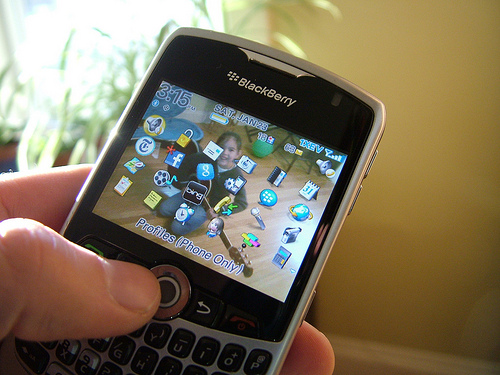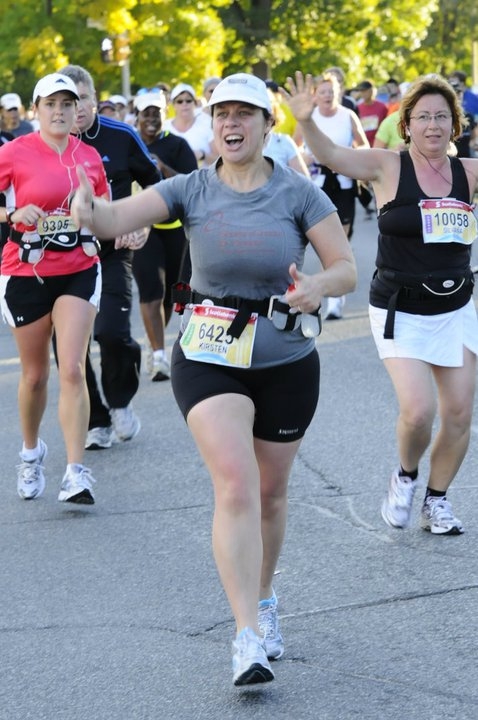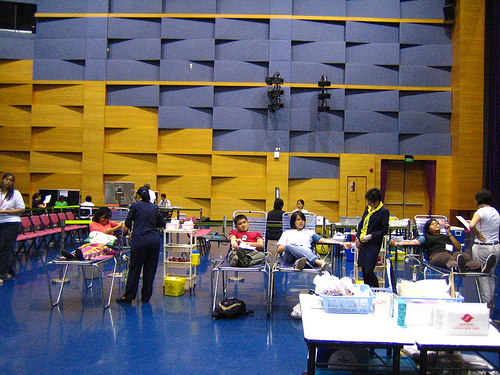 When George was a newborn, I joined an online group for parents of living children who had also experienced pregnancy or infant loss. Having gone through two pregnancy losses, I was paranoid about everything connected with my new baby. Did those sniffles indicate a cold or something more serious? Why wasn’t he nursing? Was that little bump to the head going to cause permanent damage? Was I actually going to be able to keep this tiny scrap of a human being alive?
When George was a newborn, I joined an online group for parents of living children who had also experienced pregnancy or infant loss. Having gone through two pregnancy losses, I was paranoid about everything connected with my new baby. Did those sniffles indicate a cold or something more serious? Why wasn’t he nursing? Was that little bump to the head going to cause permanent damage? Was I actually going to be able to keep this tiny scrap of a human being alive?
In the online group, I found a home – a group of women whose experiences, while all very unique, gave us a common ground. We consoled and comforted one another, offered advice and reassurances, laughed and cried with one another. We became friends. And as you find in any group of friends, there was drama. We had disagreements and conflict. Some people left never to be heard from again, others left and came back.
Seven years on, the core group of us are still friends. The online group itself is not as active as it once was, because most of us are friends on Facebook, and we communicate that way. But we are still as much of a support for one another as we always were. Through seven years (and in some cases, more), we have seen each other through births and deaths, marriages and divorces, relocations, bankruptcies, illnesses, post-partum depression, and even a prison sentence. We have been there for each other through everything.
In 2007, George was diagnosed with autism. As I dealt with the implications of this, including my own emotional fallout, my girls were there for me. Their love and support helped keep me buoyant at a time when it would have been so easy to drown. These amazing women, who had already helped me stay sane through relationship and financial problems, the loss of my father, and my pregnancy with James, once again banded together to help me cope.
And then, a little over a year ago, I found another online group of friends – these ones parents of children with autism. They wormed their way into my heart in the same way my first group had. Although the general conversations centre around different issues, the sense of love and support is present in both groups. My autism friends have been part of my life for substantially less time, but they have helped me over so many hurdles. They tell me I’m a good Mom when I’ve struggle to deal with George’s behaviours. They celebrate with me when he achieves a milestone, and they commiserate with me when a stranger in a grocery store says something ignorant about my child.
Both groups of people are brutally honest in their opinions. They have the strength and the integrity to tell me what they really think, instead of telling me what they believe I want to hear.
From the two groups combined, I have met exactly three people in person.
Occasionally, someone makes a distinction between online friends and IRL (“in real life”) friends. To me, there is no such distinction. Just because you communicate with someone primarily through email or Facebook, that doesn’t mean they are any less real. The only word in the equation that means anything to me is “friends”. And that is truly what these people are. I cannot imagine my life without them. I do not know how I would have weathered the storms of the last few years if they hadn’t been there to keep me afloat and give me reality checks when I needed them.
This post is dedicated to my friends at PALC_group and Parenting_Autism. Thank you for being the wonderful people you are. I love you all.
(Photo credit: http://www.flickr.com/photos/ilamont/4329364198)











